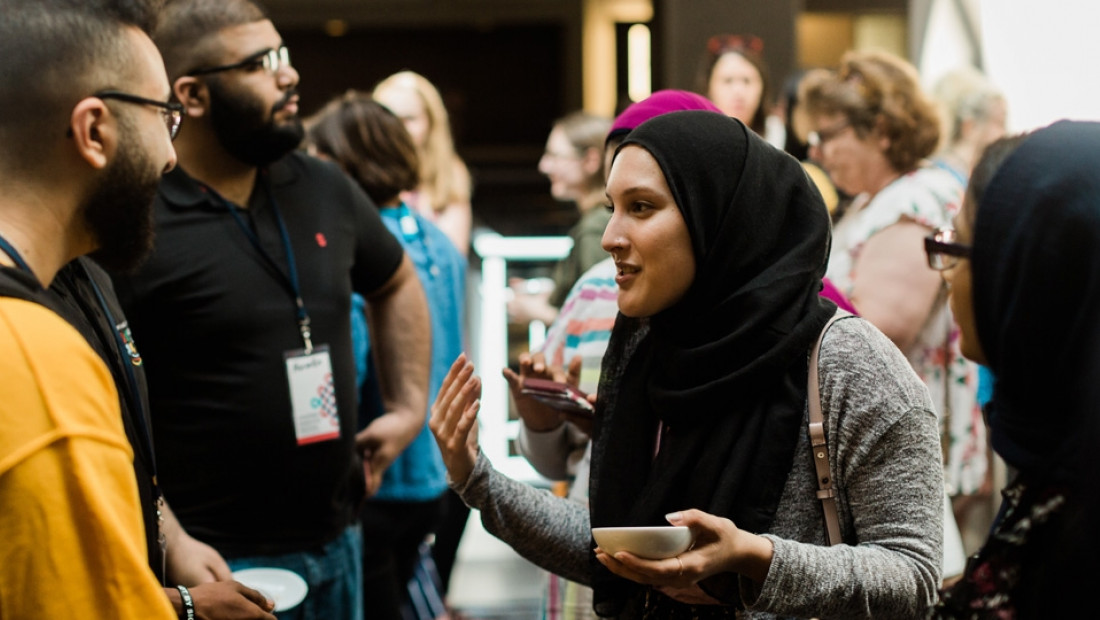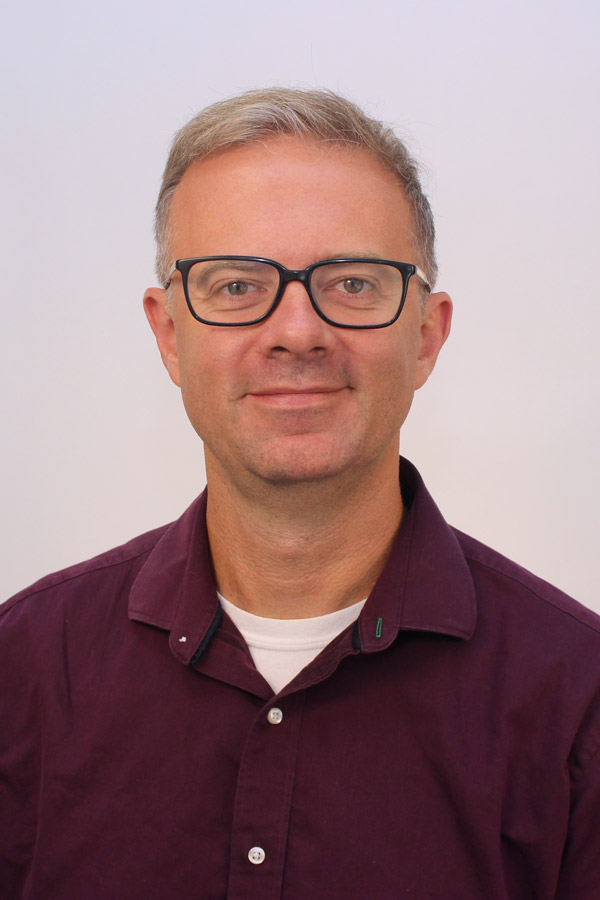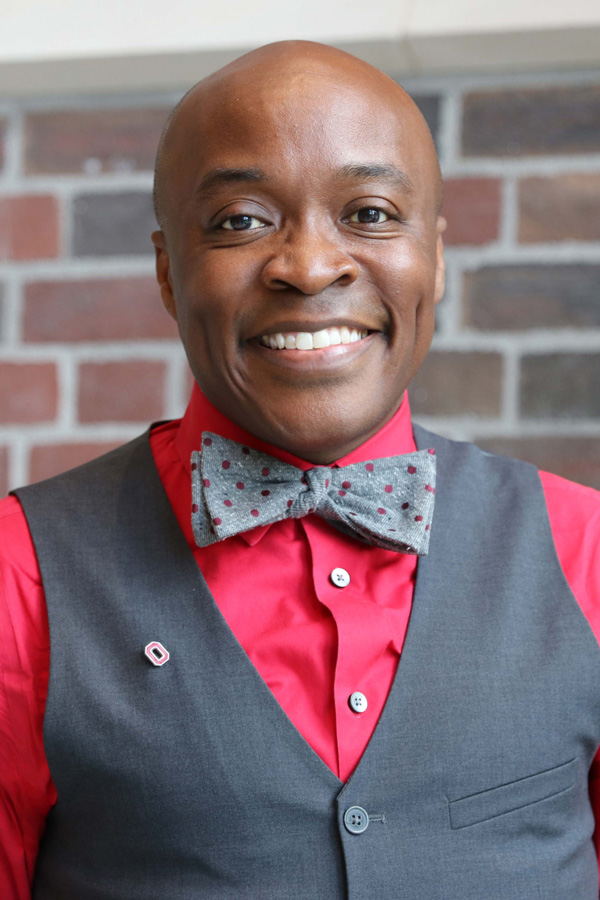
Goal is for students to put assumptions aside and listen to each other, researchers say
A first-of-its-kind multiyear survey of thousands of college students on 122 campuses nationwide has found that while schools make enormous strides in educating students about diversity, there is more institutions could do to incorporate religion into their studies.
The report, commissioned by the Chicago-based nonprofit Interfaith Youth Core, found that 74% of students have dedicated time to learning about people of a different race/ethnicity, and most students learned about people with different political views and sexual orientations.
Far fewer students have taken time to learn about specific religions. The survey found that 40% of students devoted time to learning about Jews and Evangelical Christians, 27% spent time learning about Hindus and 22% spent time learning about Latter-day Saints (Mormons). The percentage of students who devoted time to learning about Muslims was 46%, the highest among the religions.

“Our nation is in the midst of a historical cultural upheaval that is calling new attention to the importance of disrupting hegemonic policy and practices; re-envisioning diversity, equity and inclusion; and improving understanding between communities. This includes different religious communities,” said Matthew J. Mayhew, the Flesher Professor teaching in the Higher Education and Student Affairs Program at The Ohio State University, one of two lead researchers on the study.
“Institutions must be agents of democratic healing – equipping students with the tools needed to navigate an increasingly diverse world, particularly at a moment when higher education is being reshaped fundamentally by the pandemics related to COVID-19 and racial violence. Our research shows that as we teach about diversity, we need to emphasize understanding of different religious worldviews.”
The report also found:
- Sixty-five percent of students reported trying to build relationships with people who hold religious or nonreligious beliefs that differ from their own. Additionally, 63% of students feel that people on their campuses interact primarily with their own religious or worldview communities.
- Students experience college differently depending on their religious identity — and those who are religious minorities often feel unwelcome and unsupported.
- Jewish students in particular reported feeling concerns about the climate they faced on their campuses.
- While less than 1% of students overall regularly encountered insensitive messages about their religious or nonreligious identity, 7% of Muslim students reported such encounters on a frequent basis, and nearly one-fifth of Muslims reported they often felt pressured to limit when or how they express their worldview.
- One-third of students expressed confidence in their ability to negotiate challenging conversations with people who hold different views, and 59% reported staying quiet at least occasionally during challenging conversations to avoid conflict.
“Religious beliefs dictate so much of how we interact in the world,” said Professor Alyssa N. Rockenbach at North Carolina State University, the other lead researcher on the Interfaith Diversity Experiences and Attitudes Longitudinal Survey, or IDEALS. ”Our nation needs healing in this unprecedented time. As we grow more polarized and enter a heated election cycle, emerging graduates must be equipped to bridge divides between groups.”
IDEALS outlines steps that campus leaders can take to mitigate challenges to appreciating religious diversity within higher education and nationally.
Mayhew recommends having class discussions about one religion at a time – for instance about Islam and Muslims – to unpack how students think about people with that worldview.
At the same time, “You challenge students to think about their own religious identities without trying to change them,” he said. In his own teaching, he encourages students to consider what they believe, where their beliefs came from, how their religion may or may not have oppressed people over time, and more.
“When students are supported in this process by a professor who can deftly guide them, without judgment, they come to understand dimensions of their religious selves, who they are in light of their own personal histories and how that affects others,” he said. “The goal is for students to put their assumptions aside and listen to one another.”

Associate Professor Stephen John Quaye of Ohio State’s Higher Education and Student Affairs Program, which prepares future university and college leaders, teaches a graduate course called Facilitating Intergroup Dialogue in Higher Education. In it and other courses like it, he asks students to think about dominant versus subordinated identities, which include religion.
“This class is focused on students learning skills about how to facilitate dialogues about privilege, power and oppression,” Quaye said. “We focus on topics that people struggle to talk about openly because they're worried about saying the wrong thing, not having a background to do so or just appearing ignorant.”
He has his students develop activities and exercises to facilitate dialogue about a topic. One activity might be to ask participants to develop ground rules prior to engaging in dialogue. Another might be to participate in small-group discussions before bringing students together in the large group.
“By the end of the course,” Quaye added, “students develop deeper awareness of who they are as facilitators and how to address the delicate topics that are often divisive in our society. They also learn that talking about hard topics needs to be sustained over time and really can’t just be a one-shot experience.”




